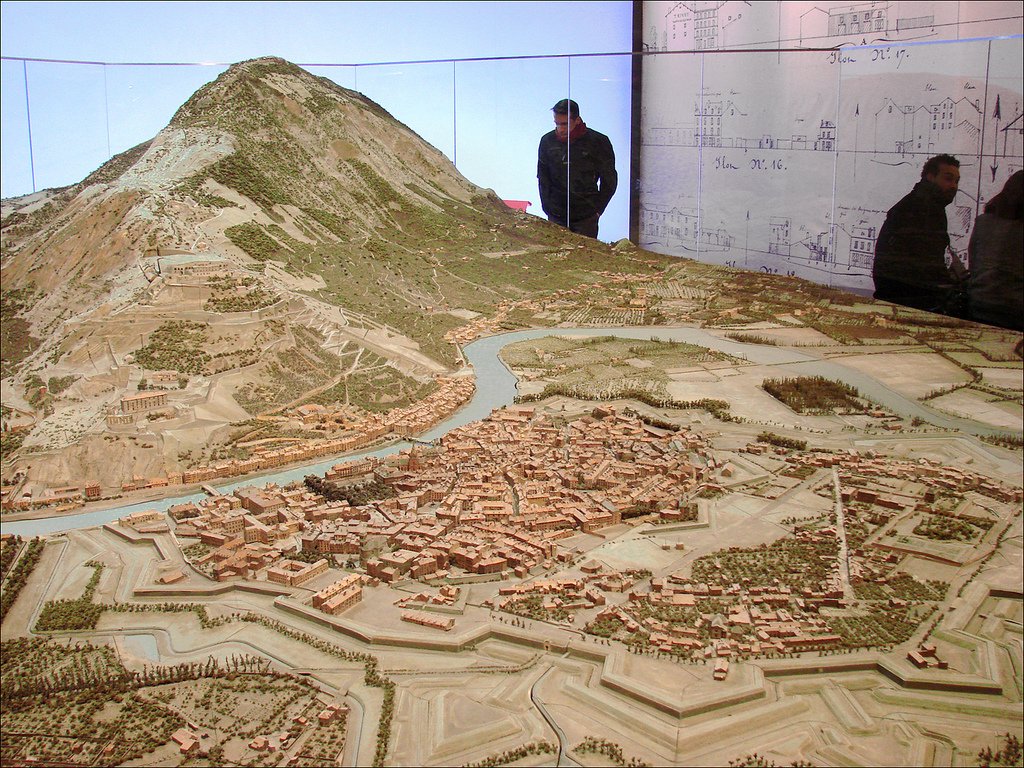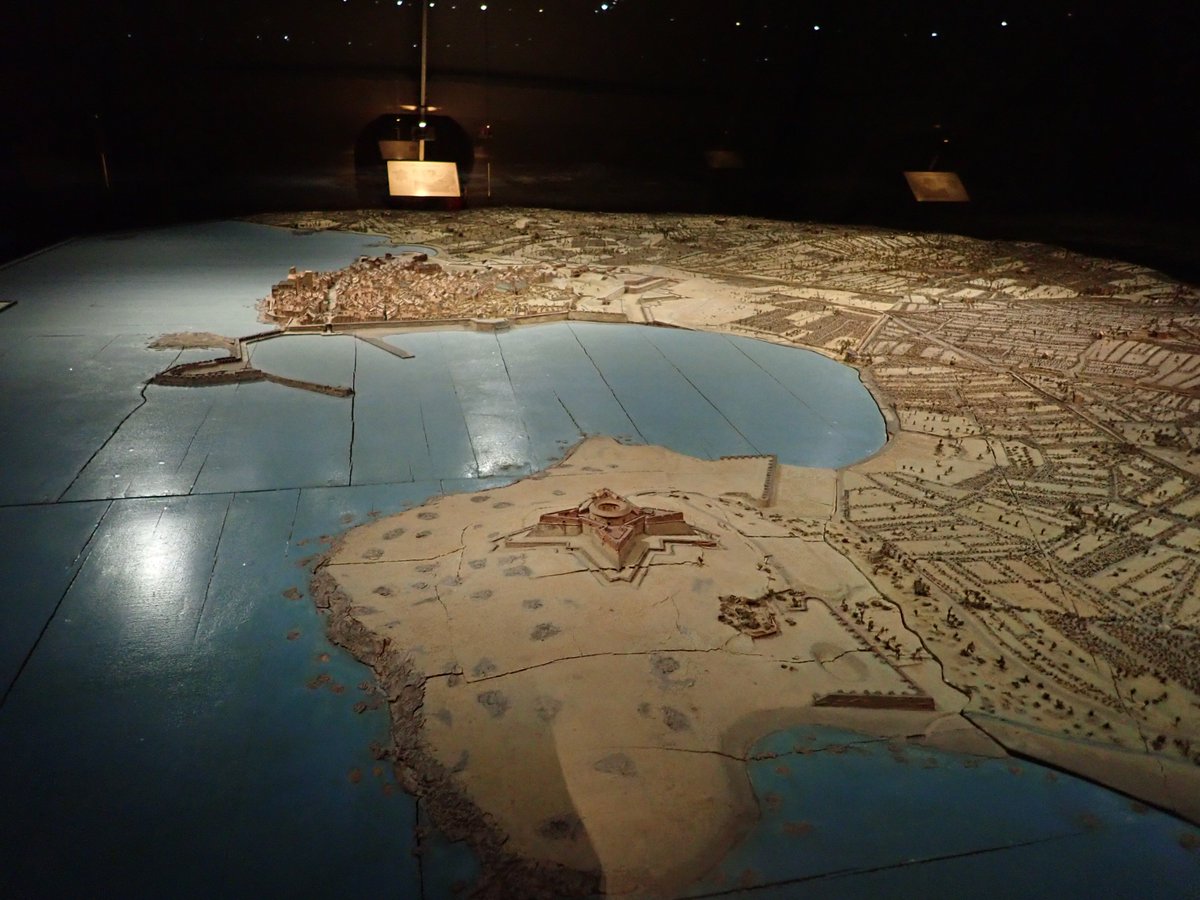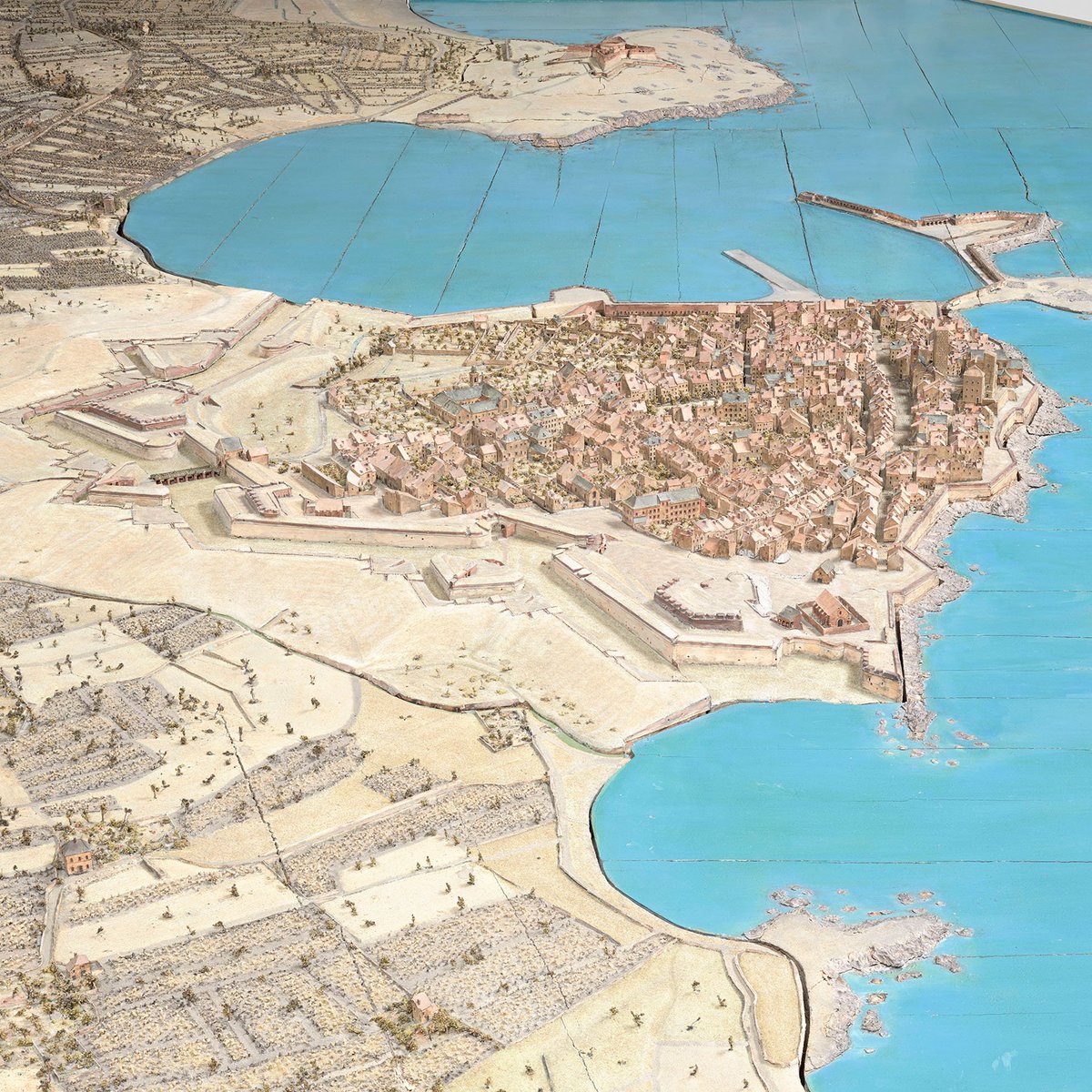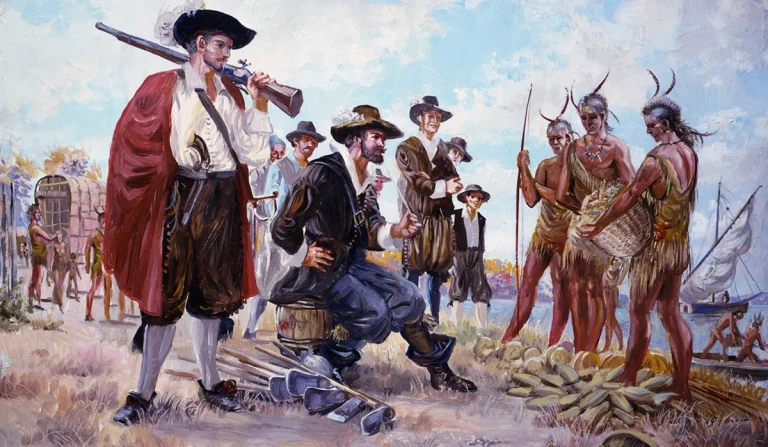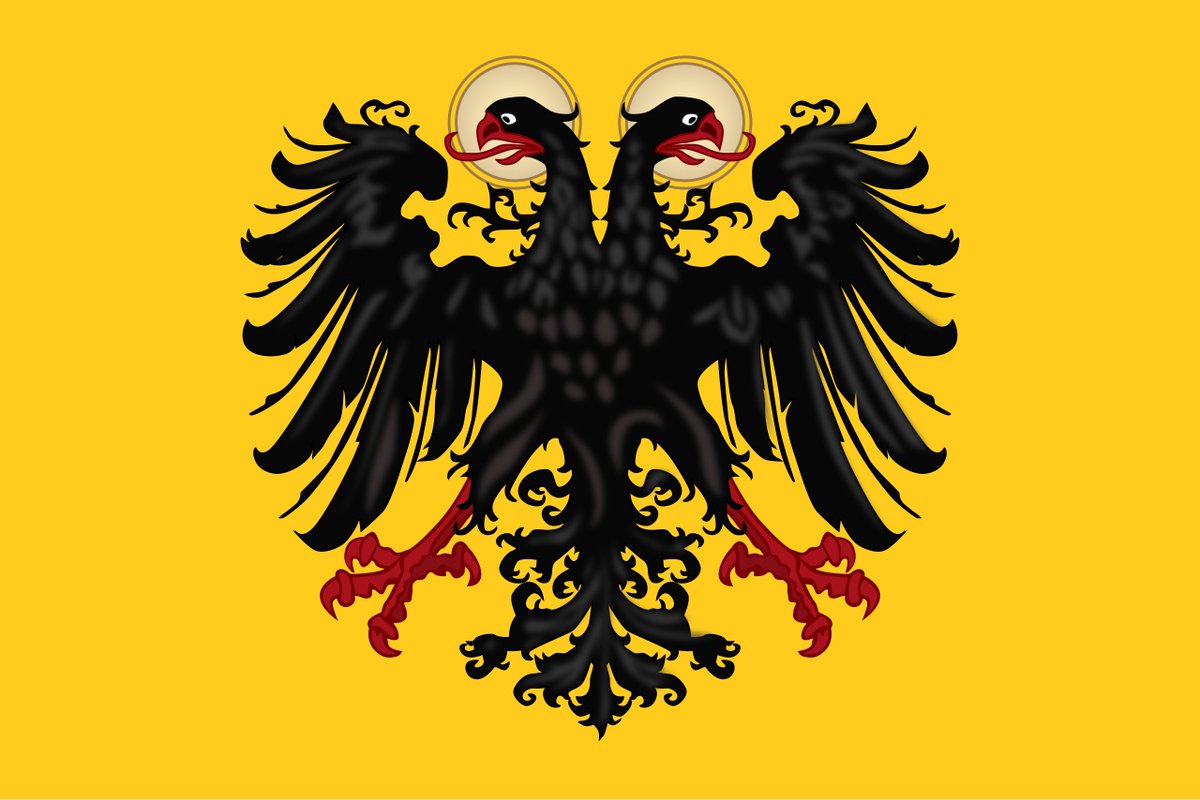How did galley warfare look like in the Mediterranean in 16th century?
Despite the emergence of sailing ships, galleys still ruled Mediterranean waters deep into Early Modern era.
I will explain why this was so and in what manner naval warfare was fought at the time. 🧵



Despite the emergence of sailing ships, galleys still ruled Mediterranean waters deep into Early Modern era.
I will explain why this was so and in what manner naval warfare was fought at the time. 🧵



16th century Mediterranean witnessed a lot of violence.
Terrible wars erupted as powerful empires such as Spain, Venice and the Ottoman Empire bitterly contested these waters!
The most famous clash involving these superpowers was the Battle of Lepanto in 1571.



Terrible wars erupted as powerful empires such as Spain, Venice and the Ottoman Empire bitterly contested these waters!
The most famous clash involving these superpowers was the Battle of Lepanto in 1571.



It was a century marked by technological progress.
When people think of 16th century they think of sailing ships that crossed the oceans.
Yet in the Mediterranean galleys still dominated and naval battles were fought in similar manner as in the Middle Ages.
Why was this so?
When people think of 16th century they think of sailing ships that crossed the oceans.
Yet in the Mediterranean galleys still dominated and naval battles were fought in similar manner as in the Middle Ages.
Why was this so?

The most important thing to understand about the period is that naval warfare was very closely connected to land warfare.
Galleys were useful for amphibious landings for raids and invasions on enemy territory.
They had the speed and maneuverability in shallow waters!
Galleys were useful for amphibious landings for raids and invasions on enemy territory.
They had the speed and maneuverability in shallow waters!

Naval battles imitated land battles. Ships exchanged missiles from a relatively close range which followed by boarding the enemy vessels and a melee between infantrymen.
While galleys were equipped with cannons, these were not yet a game changer.
While galleys were equipped with cannons, these were not yet a game changer.

The cannons simply took too long to reload and could basically only fire once.
The effective range of even the largest guns was no more than 500 yards and galleys could close this distance in under two minutes at "dash speed", less time than it took to reload the guns.
The effective range of even the largest guns was no more than 500 yards and galleys could close this distance in under two minutes at "dash speed", less time than it took to reload the guns.
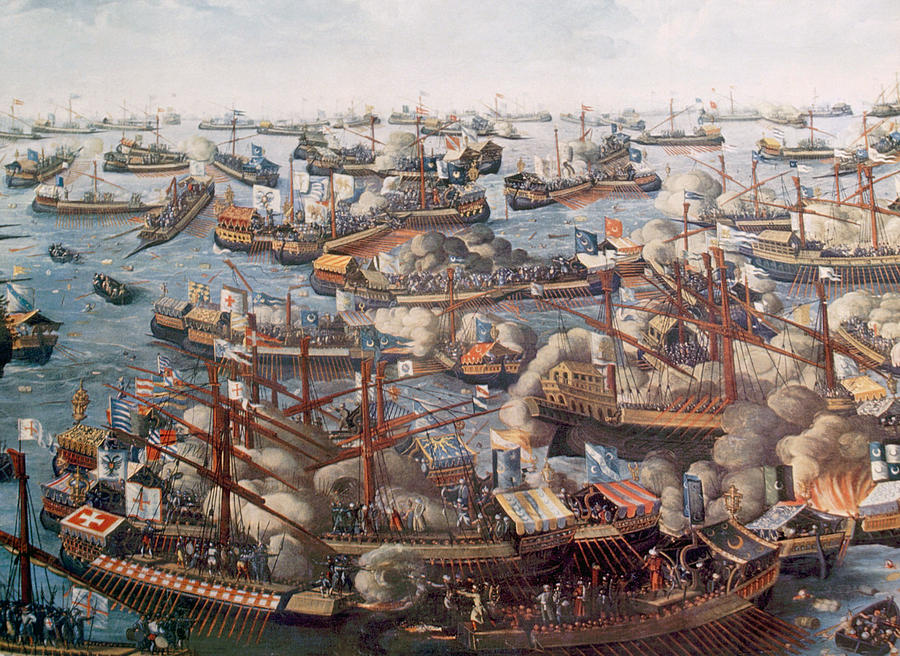
That meant that if a galley wanted to force a boarding action, it could close the gap, and relying on artillery would make ships vulnerable.
Sailing ships, relying on wind, were particularly vulnerable if they became becalmed.
Sailing ships, relying on wind, were particularly vulnerable if they became becalmed.
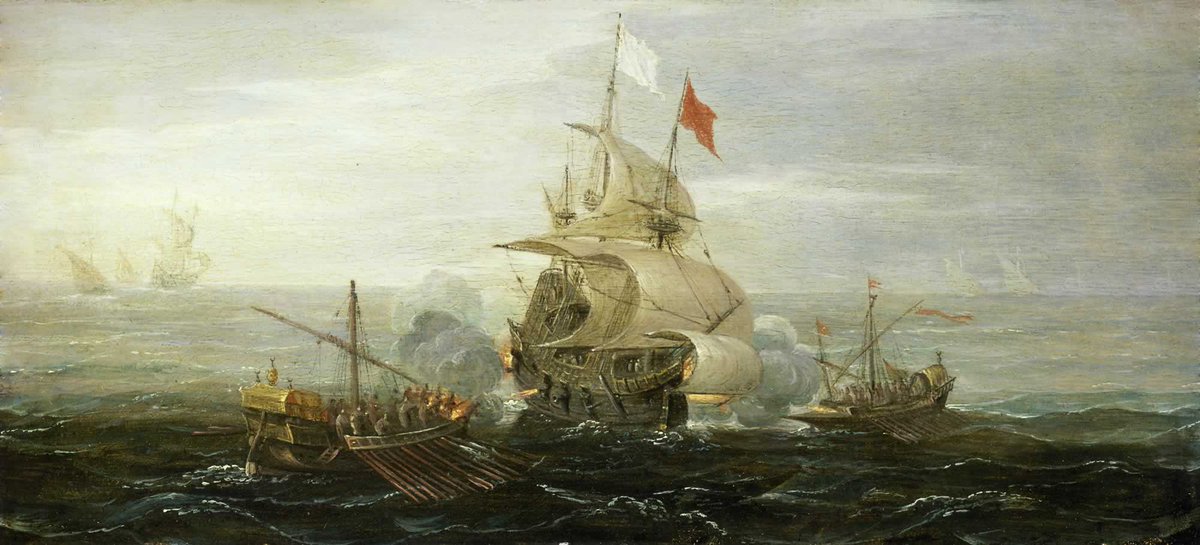
The shortcomings of sailing ships were displayed at the Battle of Preveza in 1538 when an Ottoman galley fleet attacked the fleet of Holy League, which contained both galleys and sailing ships, when the wind had dropped, and sailing ships became easy prey to more mobile galleys. 
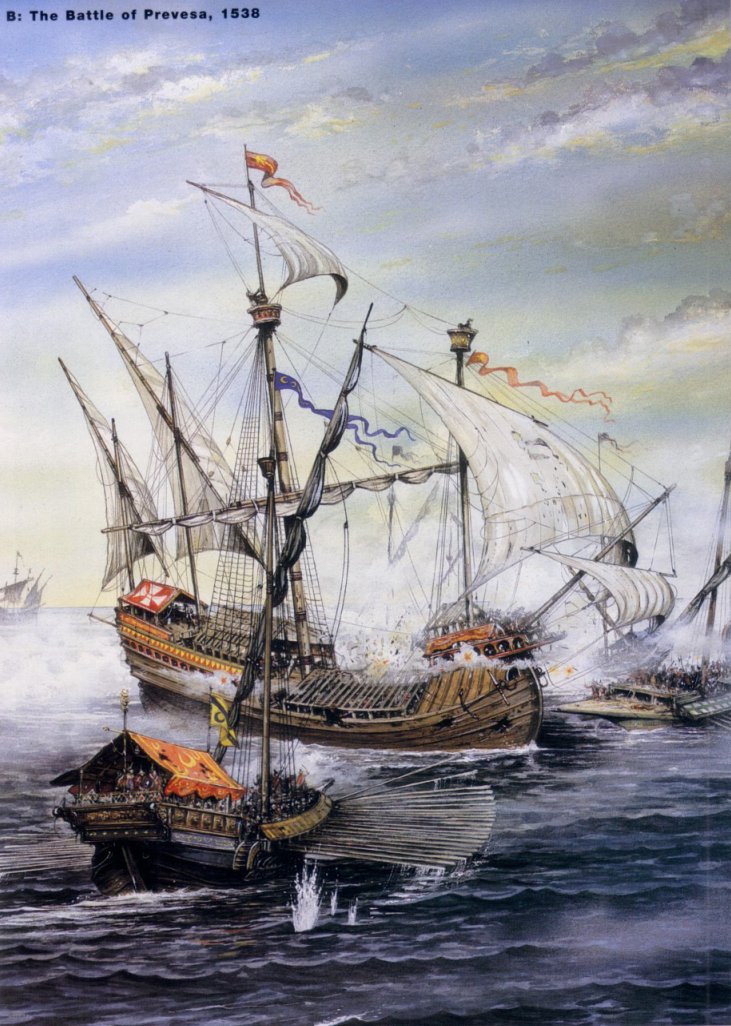
Because of the reliance on galleys, control of ports became crucial as war galleys, which were stacked with soldiers, could only carry provisions for maximum of four days, and had to be replenished at friendly ports within that time frame. 

This resulted in a bitter struggle for control of strategic ports over the Mediterranean.
The three major Mediterranean sea powers were Spain, Venice and the Ottoman Empire, who had their naval bases in Barcelona, Venice and Constantinople where they mass produced galleys.


The three major Mediterranean sea powers were Spain, Venice and the Ottoman Empire, who had their naval bases in Barcelona, Venice and Constantinople where they mass produced galleys.

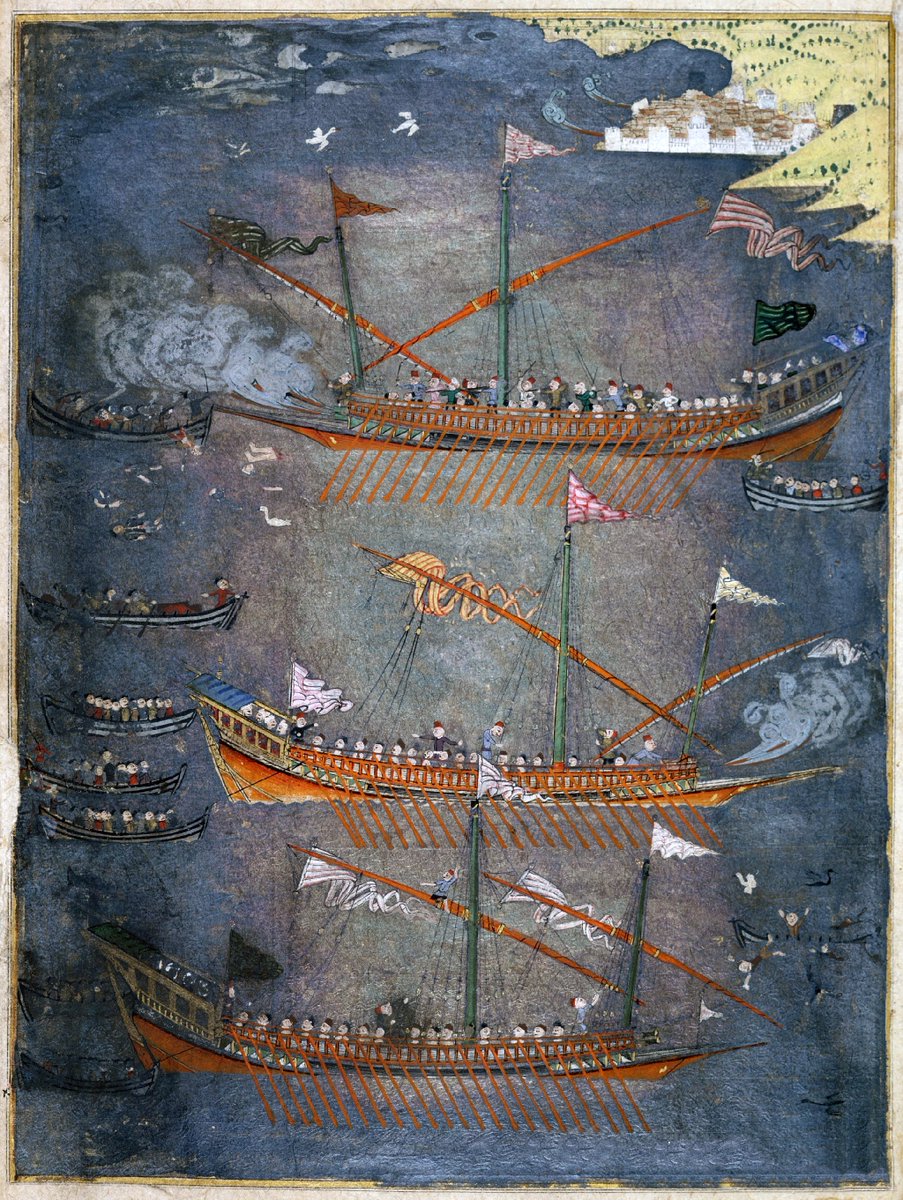
The power of these empires was such that they could maintain and rebuild large fleets of galleys!
However manpower was more expensive and harder to replenish.
Experienced sailors, oarsmen and soldiers were the most valuable asset for each of these superpowers.
However manpower was more expensive and harder to replenish.
Experienced sailors, oarsmen and soldiers were the most valuable asset for each of these superpowers.

The need for manpower eventually led to the phenomenon of galley slavery as free professional oarsmen began to be replaced by slaves and convicts.
I wrote about galley slaves in more detail here:
I wrote about galley slaves in more detail here:
https://twitter.com/LandsknechtPike/status/1693883536267227545
However each Mediterranean superpower had a different doctrine on how to fight naval battles.
The Spanish relied on their heavy infantry and wanted to turn naval battles into melees as soon as possible.
They sacrificed speed for firepower, placing heavy bombards on galleys.
The Spanish relied on their heavy infantry and wanted to turn naval battles into melees as soon as possible.
They sacrificed speed for firepower, placing heavy bombards on galleys.
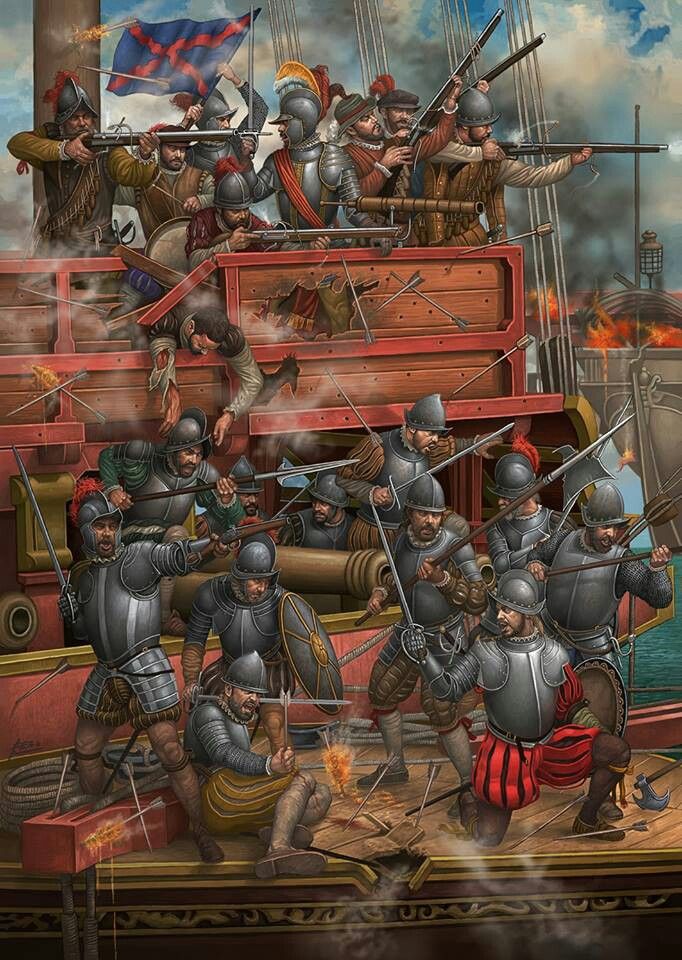
The Venetians relied on speed and maneuverability, wanting to avoid melees.
They lacked the manpower to go toe to toe in melees with bigger empires like the Spanish and the Ottomans, especially since the latter conquered some of their recruiting grounds.


They lacked the manpower to go toe to toe in melees with bigger empires like the Spanish and the Ottomans, especially since the latter conquered some of their recruiting grounds.

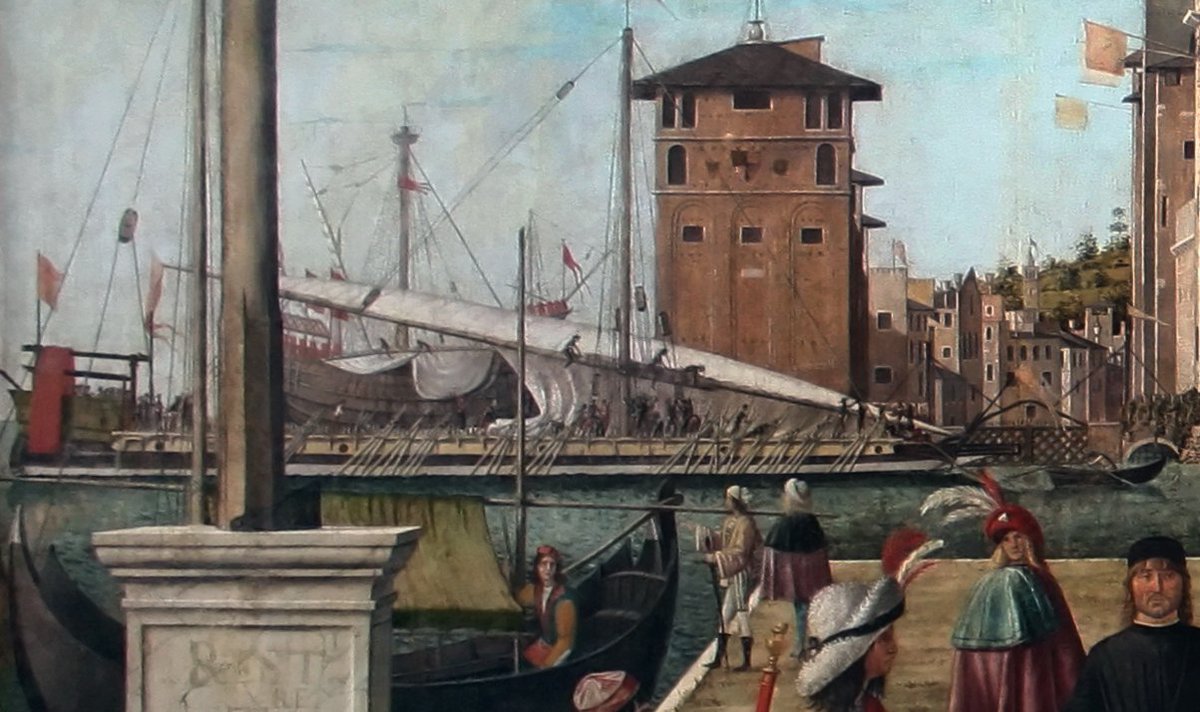
The Ottomans were the most versatile as they had both the speed and sufficient manpower for melees where they could count on their elite janissaries complimented by levies.
However the artillery on their ships was not as good as that of the Christian powers.
However the artillery on their ships was not as good as that of the Christian powers.
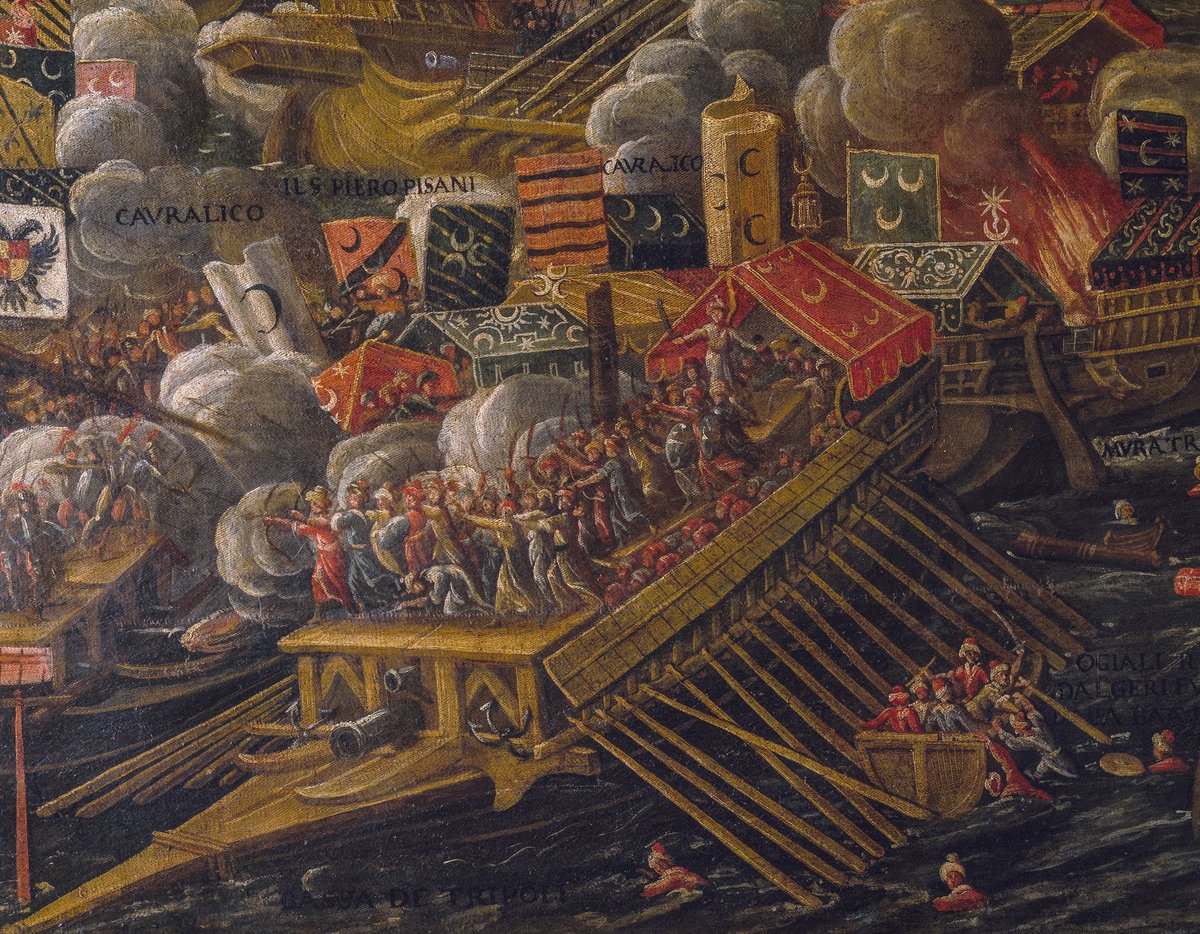
There were also other significant players.
France, Genoa and Papal States had the resources to employ respectable galley fleets when needed.
Hospitaller Knights on Malta and Barbary corsairs resorted to piracy and were very good at it.
France, Genoa and Papal States had the resources to employ respectable galley fleets when needed.
Hospitaller Knights on Malta and Barbary corsairs resorted to piracy and were very good at it.
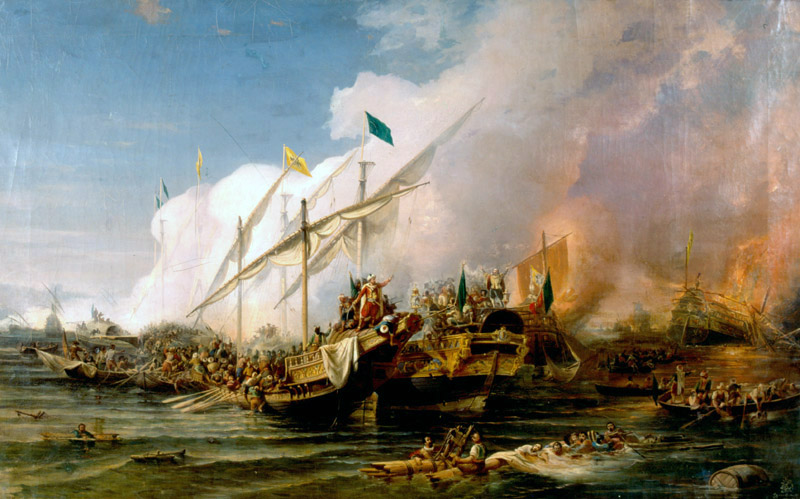
A standard war galley at the time was around 40 meters (131 feet) long and had 15-20 banks per side, with three oarsmen on each.
However different styles of warfare encouraged experimenting with larger and smaller types of galleys.
However different styles of warfare encouraged experimenting with larger and smaller types of galleys.
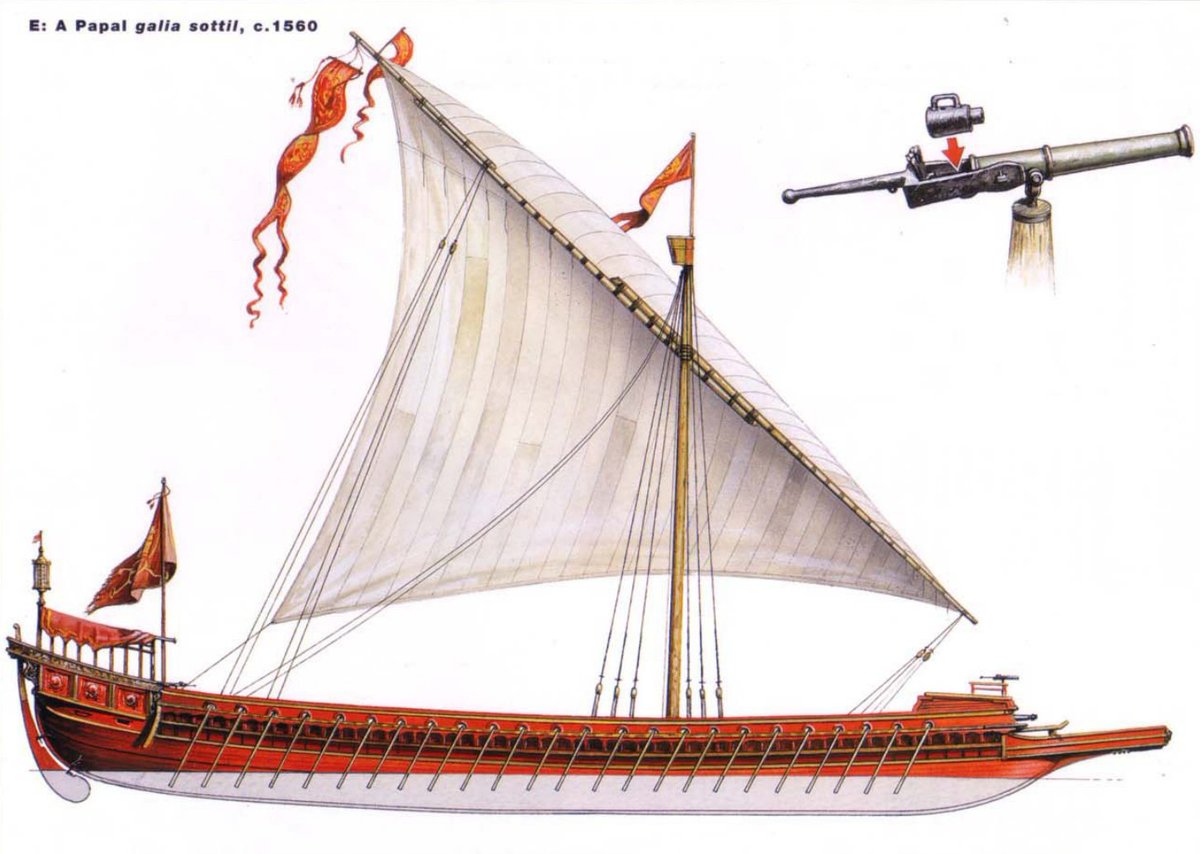
The Spanish built large flagships called lanternas, the most famous being the Real used at Lepanto.
This magnificent galley was 60 meters (196 feet) long, had 30 oars per side with a total of 236 oarsmen, and carried around 400 soldiers, sailors and officers!
This magnificent galley was 60 meters (196 feet) long, had 30 oars per side with a total of 236 oarsmen, and carried around 400 soldiers, sailors and officers!

Smaller galleys like the galiots, which were around 25 meters (82 feet) long, also became popular.
They were good for quick raiding actions and were used by pirates for attacking merchant vessels, but were also used to transfer troops to critical points during large battles.
They were good for quick raiding actions and were used by pirates for attacking merchant vessels, but were also used to transfer troops to critical points during large battles.
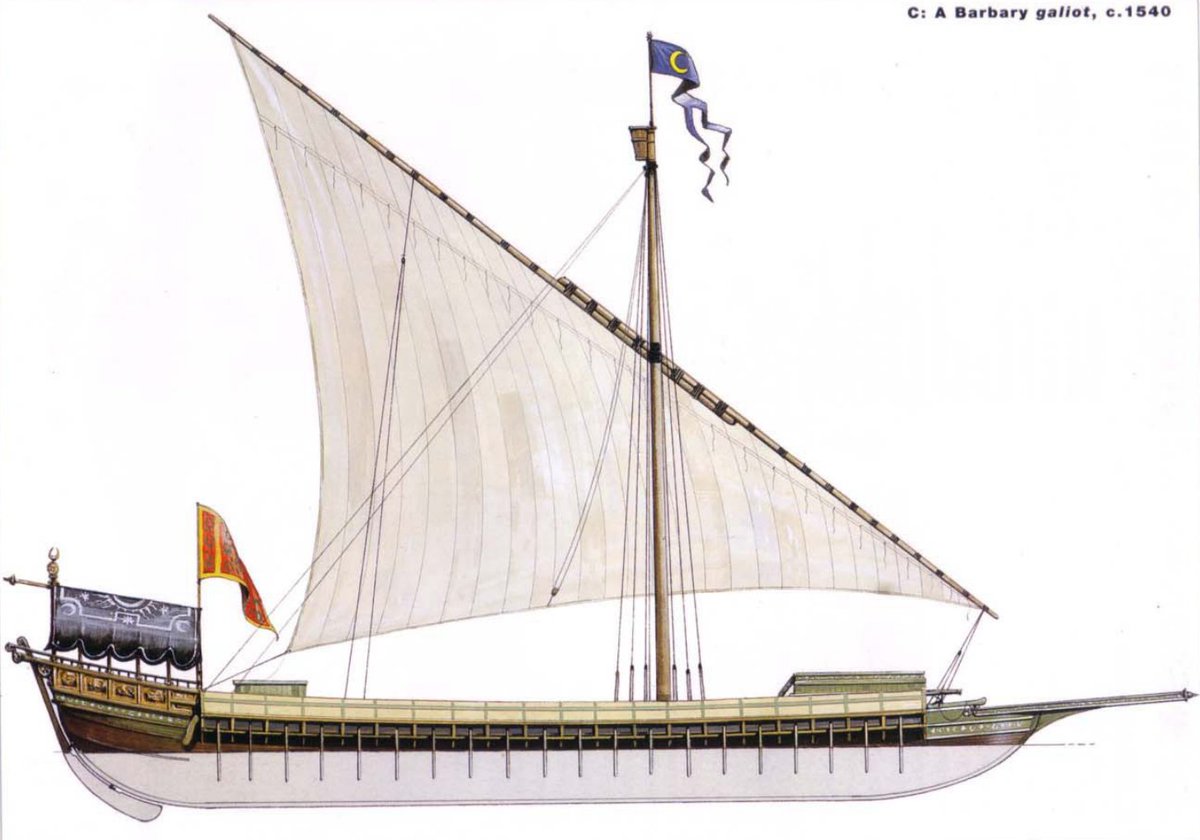
Finally, there was the galleass, a hybrid between a sailing ship and a galley.
They were invented by Venetians who wanted galleys that could imitate sailing warships.
However, despite being useful at the Battle of Lepanto, they proved to be too slow and cumbersome.
They were invented by Venetians who wanted galleys that could imitate sailing warships.
However, despite being useful at the Battle of Lepanto, they proved to be too slow and cumbersome.

Much of the 16th century Mediterranean naval warfare revolved around the Ottomans fighting Christian powers, which added a religious element to it, although the Muslim Ottomans were also allied to Catholic France. 
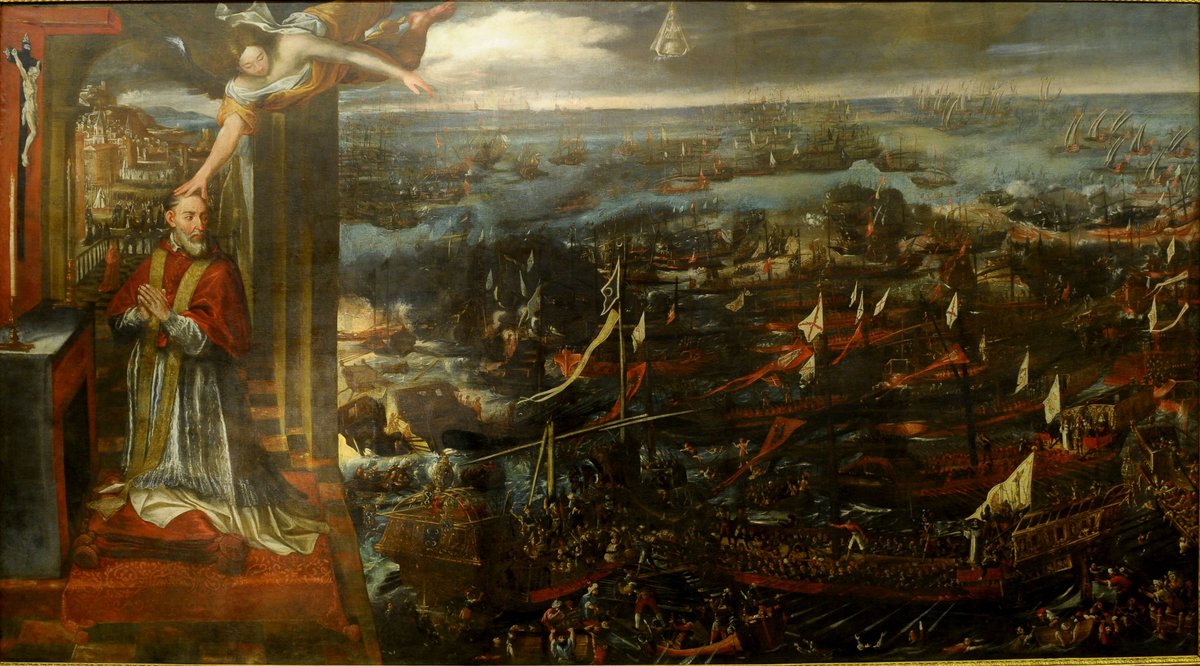
The Ottomans asserted themselves as a dominant naval power following the victories at Preveza in 1538 and Djerba in 1560, which marked the high point of Ottoman power in the Mediterranean Sea.
However such large naval battles were very rare.
However such large naval battles were very rare.

Most of naval warfare in the Mediterranean consisted of amphibious raids, skirmishes, piracy and sieges of important ports.
Large naval battles were a huge risk for all sides involved as they were very chaotic, brutal and caused a lot of casualties.
Large naval battles were a huge risk for all sides involved as they were very chaotic, brutal and caused a lot of casualties.

Battles on sea were more lethal than land battles!
Once the boarding and melees started, it was practically impossible to retreat in order, resulting in gruesome fighting until death on decks of ships.
Commanders had little control over the situation. Terrible violence ensued!


Once the boarding and melees started, it was practically impossible to retreat in order, resulting in gruesome fighting until death on decks of ships.
Commanders had little control over the situation. Terrible violence ensued!


But there would be one more large naval battle in 16th century.
The battle that would become famous in history, Lepanto.
In 1571 the fleet of the Christian alliance of Holy League defeat the Ottoman fleet in this epic battle. Over 400 galleys participated.
The battle that would become famous in history, Lepanto.
In 1571 the fleet of the Christian alliance of Holy League defeat the Ottoman fleet in this epic battle. Over 400 galleys participated.

Lepanto was a fitting end of an era.
It was the last major all-galley battle and also the largest one.
Around 40,000 men perished that day.
After the battle the Christian ships could barely sail away because of the countless corpses floating on the sea in the the bloody water.
It was the last major all-galley battle and also the largest one.
Around 40,000 men perished that day.
After the battle the Christian ships could barely sail away because of the countless corpses floating on the sea in the the bloody water.

"The greater fury of the battle lasted for four hours and was so bloody and horrendous that the sea and the fire seemed as one."
Such was naval warfare in 16th century Mediterranean.
Such was naval warfare in 16th century Mediterranean.
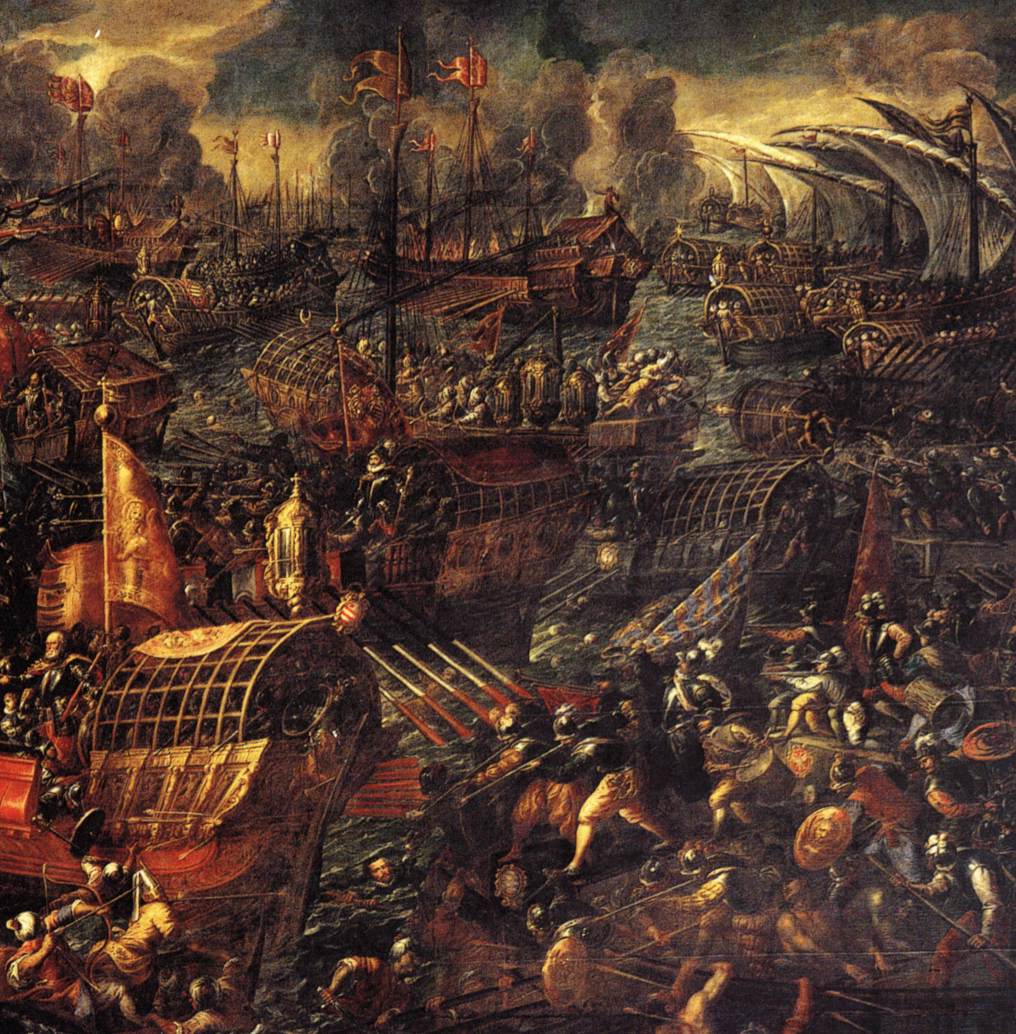
• • •
Missing some Tweet in this thread? You can try to
force a refresh


